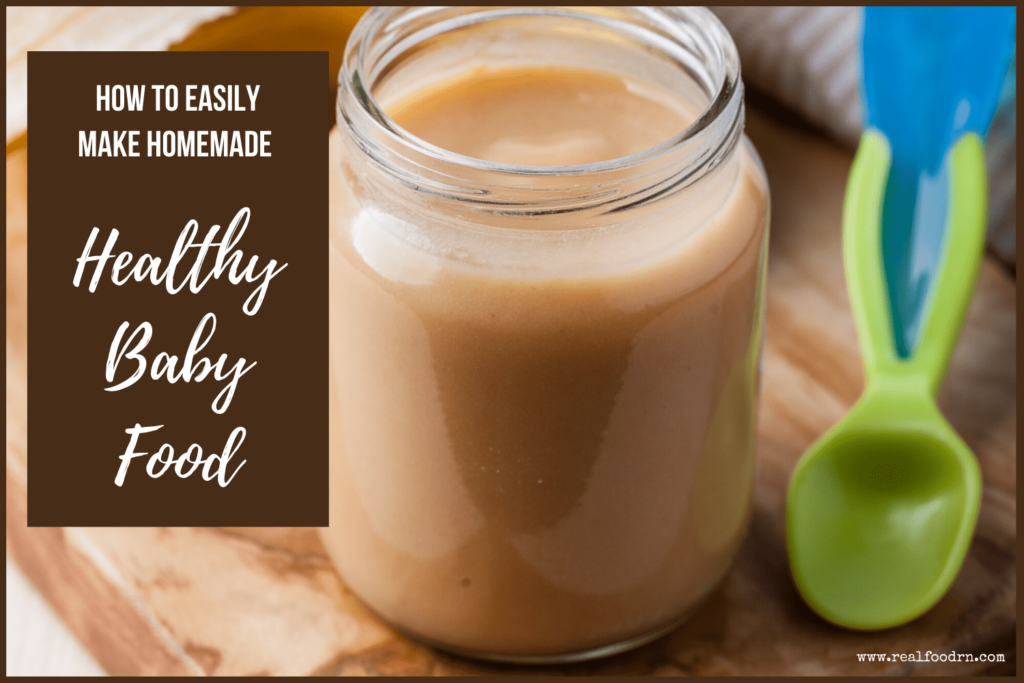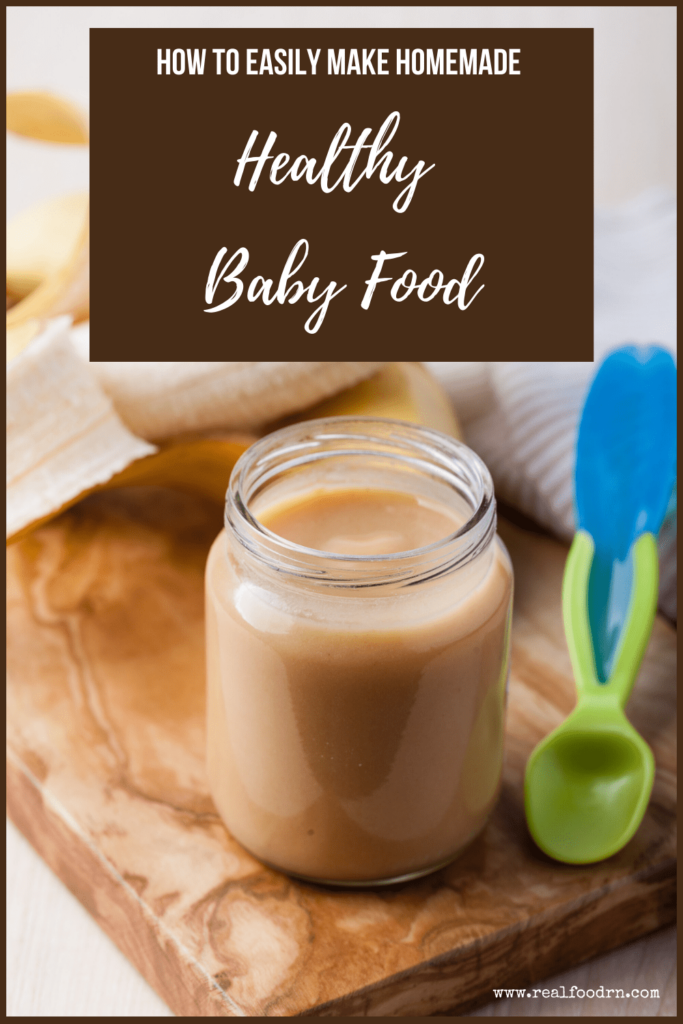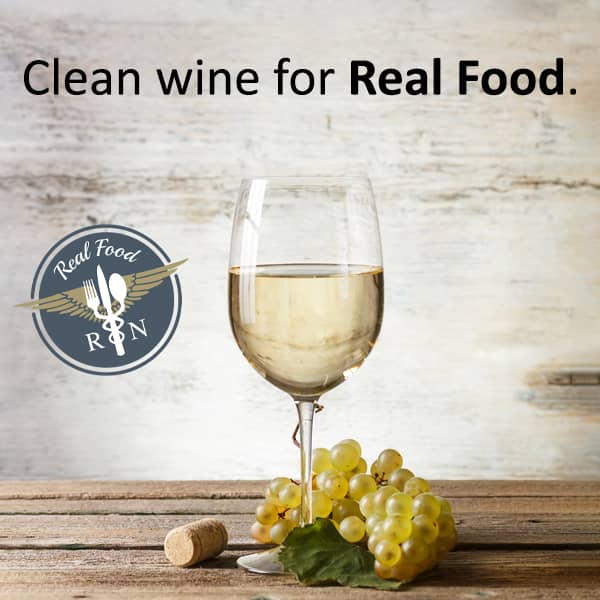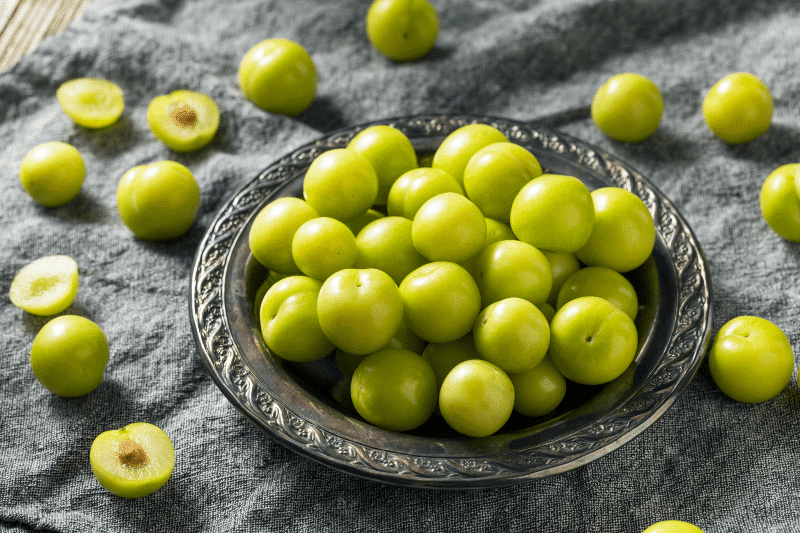
So, your baby is getting to be 4 months old, and you want to introduce some age-appropriate and mindful food into their early diet. I’ve seen a lot of praise for helping to prevent allergens early by introducing vitamin-rich foods to the child’s system mindfully. Getting your child to try a variety of purees can be a total game-changer. So, here’s the crunchy mama’s guide to healthy baby food.
Age-Appropriate Nutrition
When we first start to look at the introduction of baby food into our little one’s diet, it can be a bit daunting to figure out the good stuff and what age to introduce certain foods. As a rule of thumb, keep it simple early on with purees for the first 4-6 months.
When you start to make baby food at home, keep nutrition and flavor development in mind as well as the age-appropriate timing. After 6 months pass, you can begin to increase the complexity of the foods and combinations. When your child reaches the 9-month threshold, then we know when to start baby food that has the added benefits of herbs and three or more ingredients.
It’s easy to see why choosing to blended organic produce or some local fruit and veggies from the farmer’s market would make a world of nutritious difference over shelf-stable and processed foods.
Baby food you purchase from the grocery store loses a lot of micronutrition during processing. It sits on the shelf full of preservatives, and buying all those jars and pouches adds up cost-wise and waste-wise. In the long run, it’s wiser to make purees à la mama. This is going to save you money and honor your baby’s development with tons of protein, vitamins, and minerals they need to grow into healthy toddlers.
Limiting your baby’s intake of sugar-laden foods can also help their palate to accept more flavors than just sweetness. This gives your child a fighting chance against the plague of sugary treats advertised all around them. Making nutritious and whole food baby food on your own encourages their taste buds to make healthier choices. Picking superfoods from creamy avocado to fortifying cod liver oil not only benefits us but can help our kids develop happy healthy brains.
Variety is the spice of life, mamas! So, keep an eye on the sugars present in the foods you offer, and you’ll be thanking yourself down the line when it comes to preventing picky eating.
Let’s take a peek at the equipment and tools we need to make some tasty treats for our little ones together. I’ll go through some recipes, but keep it creative, and when it doubt, ask your midwife or physician for their advice and guidance.
Equipment & Process
You don’t need to be the next Gordon Ramsay or Chopped champion to learn what you might need to make your baby food they enjoy, especially with some good produce and equipment on your side. When making baby food, there are a few tools I love in my kitchen arsenal.
- Cutting Board & Cutlery (for preparing fruits and veggies)
- A food processor (having one of these can save a lot of time and fuss for you and baby when you need to puree quickly)
- A Potato Masher (a low-tech and fast friend in the kitchen)
- A strainer, sieve, or cheesecloth (filtering these foods as necessary for their age)
- Jars, containers, or ice cube trays for individual servings (purees can be stored in the freezer for up to 2 months!)
- A Handheld Food Mill (This helps for when they are getting older and able to try different textures in their foods)
- All-In-One Baby Food Maker (An awesome option when you want to cook, steam, puree, and store all at one time!)
4-6 Month Mark: Praise for Purees
The earliest time you introduce foods for your baby is around the 4-month mark. You are going to want to make sure that your baby can sit up straight and hold their head up on their own before you feed them solid food—and they are not going to be ready for complex flavors or textures at this time.
Your best bet? Purees of simple veggies with added water to make them closer to the texture of breast milk and easy to digest. Some of my favorites are carrots, sweet potatoes, cauliflower, and broccoli. These veggies are loaded with micronutrition.
Orange veggies are loaded with beta-carotene, and crunchy cruciferous veggies are potent bites of magnesium, calcium, and iron. These choices make for a great introduction to baby food in their first foodie moments.
Early Suggestions for Purees:
- Sweet potatoes
- Carrots
- Broccoli
- Cauliflower
- Butternut Squash
- Peas
- Avocado
- Pumpkin
- Banana
Steam these first to make them soft and pliable for the processor or blender. Add more water to make the texture more liquid in consistency so it’s tasty and easy to digest. Ice cube trays are an awesome way to store some servings for your baby—just pop them out to thaw before eating and your little one will have a happy, full tummy in no time.
7-Month Mark: Finger Foods & Edible Duos
By the time your baby reaches 7 months and all the way up until 9 months, you can take a rest on the sieve or strainer and start to add texture and more than one ingredient to your recipes for their baby food menus.
This is a great time to start to involve animal protein foods like egg yolks, grass-fed butter, and fish. By introducing them to these foods early, you are helping to build resistance to common allergens ahead of the game. By keeping their food options low sugar before their first year, you are also encouraging variety in their palate without developing a predisposition to sugar cravings.
7-9 Month Baby Food Suggestions:
- Beets and Blueberries
- Spinach and White Yams
- Sweet Potato and Sole
- Cherry and Oats
- Chicken and Broccoli
- Bananas and Greek Yogurt
- Cauliflower and Spinach Mash
Don’t forget about finger foods!
Small-sized finger foods can be a fun, interactive way for your baby to explore different textures and chewing. Foods like blueberries cut in quarters, small segments of bananas, bits of broccoli, and bites of whole cereal grains are great to introduce for your little one when they get comfortable chewing. Keep it small and smooshed when they are first going for finger foods to prevent choking.
9-Month Mark: Add Spice & Variety
When your baby is past the 9-month mark, you’re able to introduce some more complexity to their foods. This includes herbs, spices, and flavorful food dynamics they can handle, with the limitation of sugars kept in mind as well.
Try out more sophisticated and healthy combinations, like adding rosemary with sweet potatoes, chicken and quinoa. Consider curry to spice up their pumpkin mash and aid in your baby’s digestion.
The texture of your baby food is going to improve too, as well as how much work you need to put into cutting things up so small. So where you might have cut the blueberries into quarters, now you can slice them in half and let your little one explore eating different combinations of foods. Finger foods are going to be an awesome option for snacks or pre-dinner grazing.
Try out some of the following combos to see what your baby loves best:
- Chicken, Apple, Sage, and Green Beans
- Quinoa, Sweet Potato, and Salmon
- Pumpkin, Bell Peppers, Rice, and Thyme
- Tomato, Zucchini, Cheese, Rosemary, and Farro
- Cherry, Greek Yogurt, Flax, and Oats
Keep your chin up when your baby is trying new foods. Some days are harder than others when you’re learning new things together, just don’t give up, mamas! I hope this guide to baby food at home saves you plenty of money, time, and worry. When it comes to their nutrition, you can rest easy with these recipes.
If you find making your own baby food to be overwhelming, or you don’t have the time, there is an awesome company that makes baby food out of super healthy ingredients like: grass-fed beef, bone broth, organic vegetables, and more. They are always expanding their flavors and products too! We personally use them all of the time because they are portable. If you want to check them out, Serenity Kids is their name and if you decide to buy: shop HERE and use coupon code REALFOODRN for 15% off your purchase!
CLICK HERE to Pin this Post









